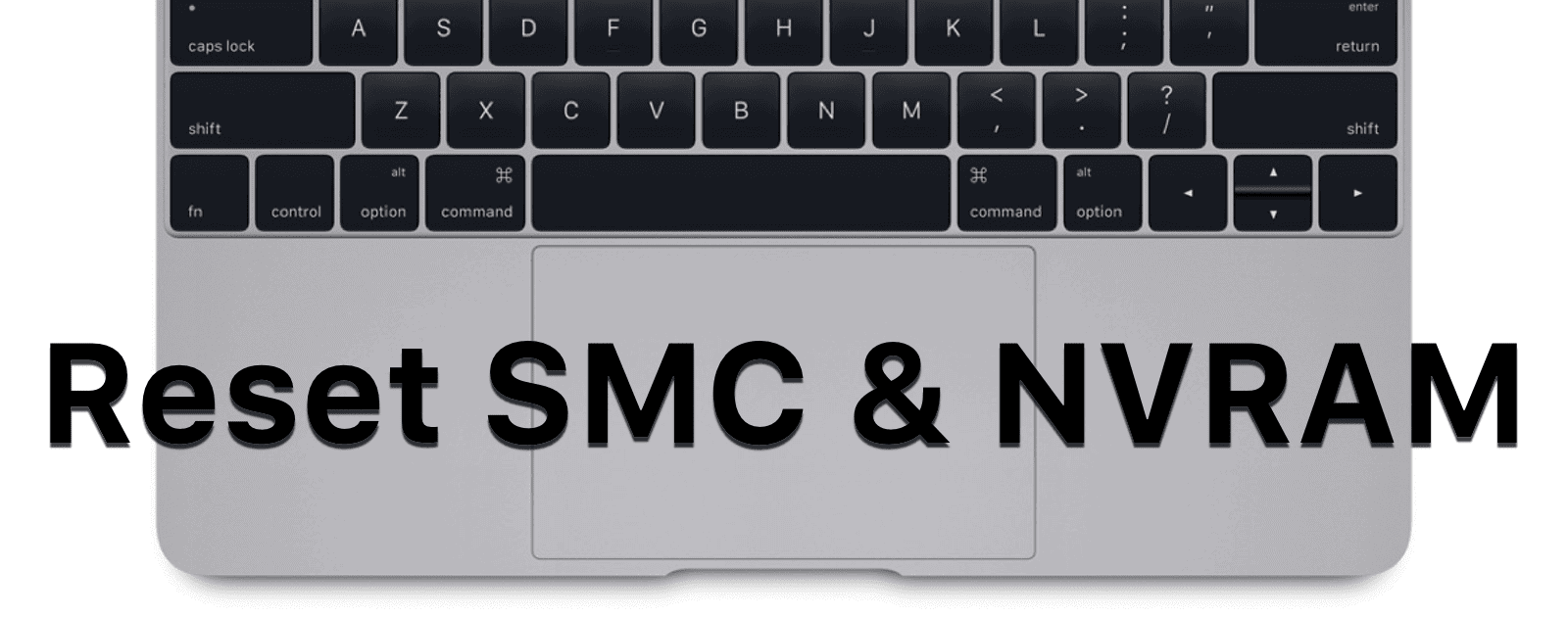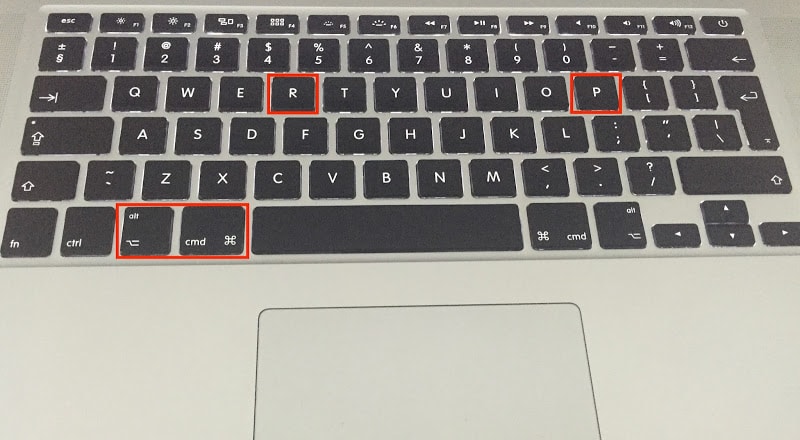
- #RESET PRAM ON MACBOOK FOR MAC#
- #RESET PRAM ON MACBOOK MANUAL#
- #RESET PRAM ON MACBOOK PRO#
- #RESET PRAM ON MACBOOK BLUETOOTH#
- #RESET PRAM ON MACBOOK MAC#
#RESET PRAM ON MACBOOK MAC#
– M1 Mac not shutting down properly, getting pink screen and a specific popup after every reboot. – Premature battery aging, maximum capacity going down after only a few days! – M1 Mac restore problems: ‘An Error Occurred Preparing The Update’ – Universal Clipboard not working in macOS Big Sur!
#RESET PRAM ON MACBOOK BLUETOOTH#
– M1 Mac Bluetooth connectivity issues in macOS 11.0.1 Big Sur! Why are you trying to reset NVRAM or SMC in M1 Mac? What macOS Big Sur bug is causing you problems? Use the comments section and let us know. You can’t manually reset the NVRAM / PRAM because your Mac does this automatically, if needed, during every startup.
#RESET PRAM ON MACBOOK MANUAL#
However, there is no manual reset option.įact: NVRAM contents are available in System Information, if you go for Software -> Logs -> NVRAM.Ĭonclusion: You can’t reset the SMC, because the M1 Mac doesn’t have a System Management Controller. You can read or write key-value store, but the reset at boot key command, available for Intel-based Macs isn’t available.įor example, you can add additional boot arguments. Im guessing it runs firmware that may need to be reset to default state occasionally to re. The SMC controls and manages power distribution through the computer. Nvram commands are still available and working in the Terminal app. Answer (1 of 2): Tech troubleshooters commonly reference the SMC and PRAM resets for any issue before further diagnosis of an issue. There is no option to trigger it manually! NVRAM Commands Still Possible M1 Mac Auto NVRAM ResetĪccording to a reader that has reported this find to us, Apple support has confirmed that NVRAM is available in the M1 Apple Silicon Chip, but the machine is configured to automatically run test on startup and automatically reset the NVRAM if needed. The two memory types are reset with the same procedure on Intel-based MacBooks. This is how Apple managed to increase processing power and maximize energy efficiency!įact: SMC stands for System Management Controller, NVRAM means (nonvolatile random-access memory) and PRAM (Parameter RAM). Why should the new Macs be different?Īpple has integrated everything in the new chip, including technologies like a neural processor (NPU) and memory in one single package. Neither of them support manual SMC or NVRAM resets. The M1 Apple Silicon is a similar chip to the ones the company designs for iPhones and iPads. The straightforward reply is because there is no SMC available on Apple’s new M1 Macs! Put the battery back in, reconnect its power cable, and turn the Mac back on.You’ve recently purchased a M1 Mac computer and are looking for a way to reset SMC and NVRAM / PRAM, to filter out initial release macOS Big Sur bugs? Unfortunately, unlike Intel-based Macs the new Apple Silicon chip doesn’t come with a manual NVRAM or SMC reset option! Why Can’t You SMC Reset M1 Mac?


Press the power button and hold for 5 seconds.
#RESET PRAM ON MACBOOK FOR MAC#
For Mac laptops manufactured 2008 or before with removable batteries, turn the machine off, disconnect the power cable, remove the battery. Hold shift, option and control on the left side, then press the power button, release all keys and then turn the Mac on normally. With a Mac laptop with a non-removable battery, shut the Mac down connect the Mac to its power adapter. A desktop mac, such as a Mac Pro, Mac Mini, or iMac requires disconnecting the power cord from the machine, waiting 15 seconds, plugging it back in, waiting another 15 seconds and then turning the Mac back on. There are a variety of ways to reset the SMC depending on the kind of Mac you’re working with. This system management controller reset can fix problems dealing with the fans, lights, power and system performance. SMC resets reset this controller which is a part of the machine that deals with hardware and power management. SMC stands for system management controller, this is only on Intel-based Macs. NVRAM stands for non-volatile random access memory and is reset in the same manner as PRAM is.

:max_bytes(150000):strip_icc()/how-to-unfreeze-a-mac-5120329-c100f26cdec142858d80ba0323935d8c.jpg)
A PRAM reset and a NVRAM reset are mostly the same, it resets less volatile ram to default factory settings, fixing a number of potential issues. Today the majority of Macs in use ones manufactured after 2008, actually primarily use NVRAM to store many of these settings. However, PRAM resets are actually a thing of the past.
#RESET PRAM ON MACBOOK PRO#
This process should be done for a longer amount of time on a Late 2016 MacBook Pro because it doesn’t have a startup chime. To do a PRAM reset, all that has to be done is turning the Mac device on and holding Command + Option + P + R until the machine chimes a second time. Performing a PRAM reset can fix a number of issues, such as wifi connectivity, drives not showing up or screens not adjusting properly. PRAM stands for parameter random access memory, which can contain settings such as speaker volume, screen resolution, startup disk selection, and recent kernel panic information. Among quick fixes for many issues on a Mac are PRAM and SMC resets.


 0 kommentar(er)
0 kommentar(er)
